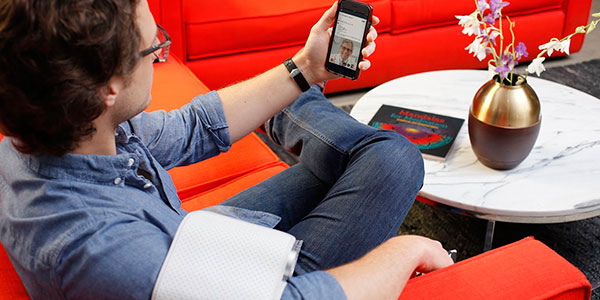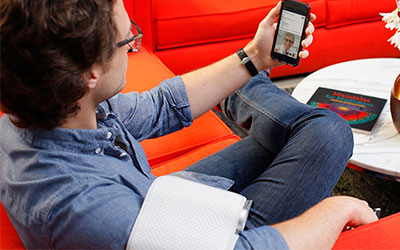Behavioral economics is all about why we make the choices we make as individuals, and how those decisions affect ourselves and the industries we rely on, such as healthcare. As we approach the first-ever Vidyo Healthcare Summit, we’ve been lucky enough to peek behind the curtain of telemedicine, and see what’s coming around the bend. While video makes care more accessible, emerging technologies around AI and the Internet of Things make it hyper-intelligent. Machine learning and the IoT, alongside real-time video, will help transform the behavioral economics of healthcare.

Telemedicine Will Bring Collective Intelligence Everywhere
Making diagnoses based on statistical norms, rather than on personalized health data, remains the standard. As a result, clinicians often find out that patients are sick long after they actually become unwell. Our bodies are unique and behave differently than those next to us. Measuring how data deviates from personal norms as opposed to statistical norms can have a significant positive impact on healthcare decisions and diagnoses. With growing access to machine learning and the Internet of Things, the era of statistical norms (such as blood pressure or glucose levels) can come to an end. Harnessing the IoT and AI, through connected and cognitive workflows such as IBM Watson, in the age of autonomous care, will put people in the driver’s seat of their own care. Real-time video as the communications vehicle will bring this hyper-intelligence to any patient, anywhere.
Patients Will Leverage Personalized Health Data to Take Care of Themselves
Incentivizing people to proactively look after their own health and wellness is the core idea behind preventive care. It is also one of the biggest challenges in our healthcare system. Thanks to AI, mobile and the IoT, the struggle of how to incentivize patients may well be over – because people will have ownership over their own health data. Adding real-time video into the mix combines ownership with access, bringing this idea to life.
In the future, connected physiological sensors and biometric wearables will constantly assess, measure and communicate our vital signs, blood chemistries and other metrics to our physicians. For example, a specific light spectrum shown on a tattoo can demonstrate your blood electrolytes, and your doctor will know in real time when your fasting blood glucose goes up. Combined with mobile-oriented telemedicine embedded into applications on any device, this will enable continuous and intelligent preventive healthcare. If patients are concerned about their health data at any given time, they can immediately initiate face-to-face, virtual visits with their care providers — reducing the risks associated with delayed diagnoses and our reliance on statistical norms.
Telemedicine is the glue that ties all of these emerging technologies together, fundamentally influencing the behavioral economics of quality healthcare.
Register for free for the first-ever Vidyo Healthcare Summit (10/30), where Dr. Jay Sanders, “the father of telemedicine,” will deliver a keynote speech on transforming care delivery.
